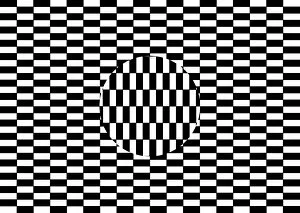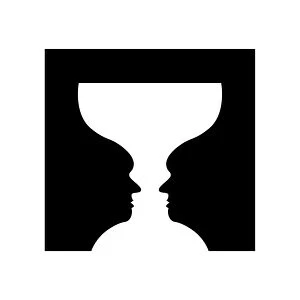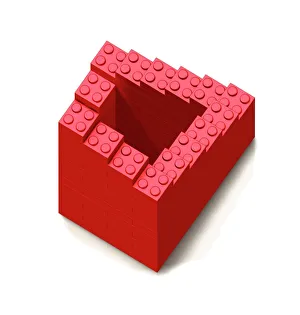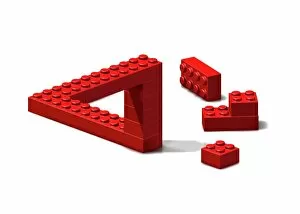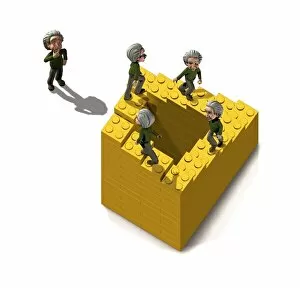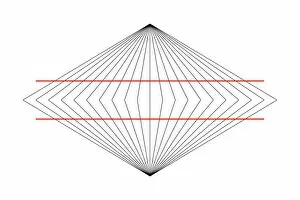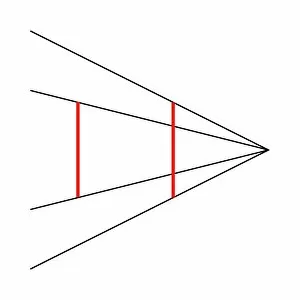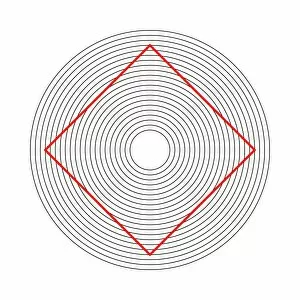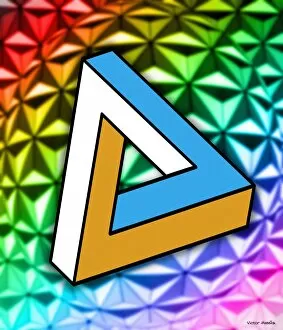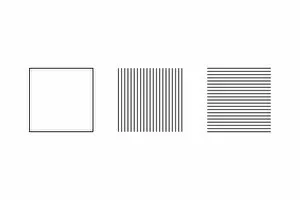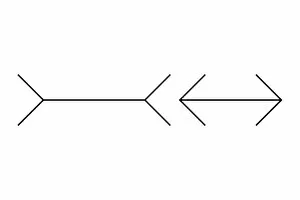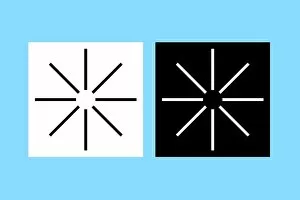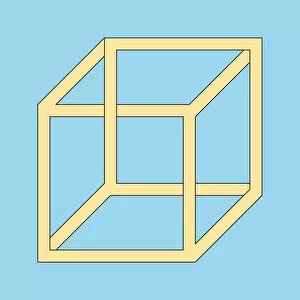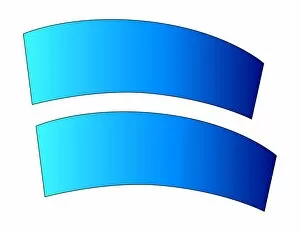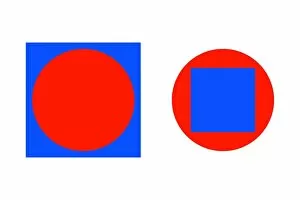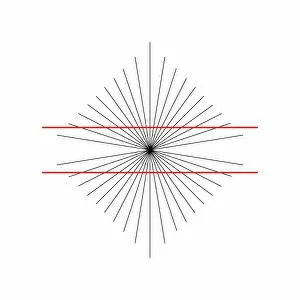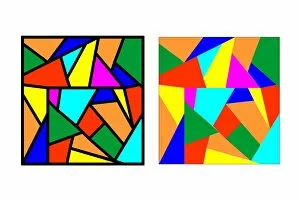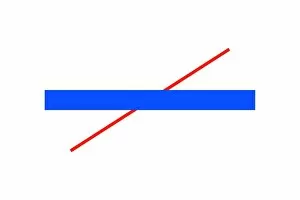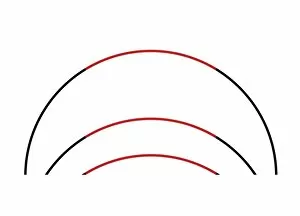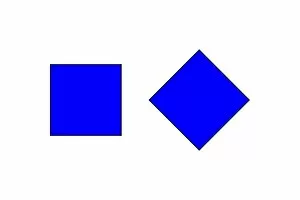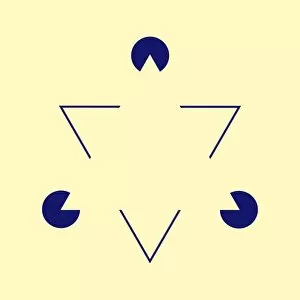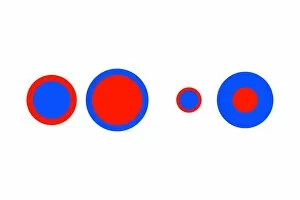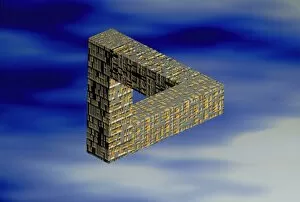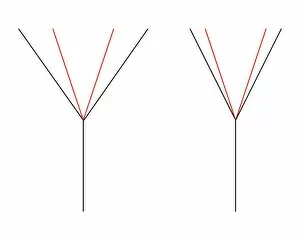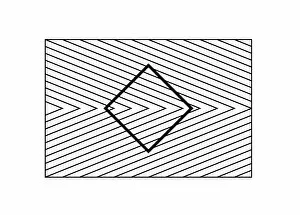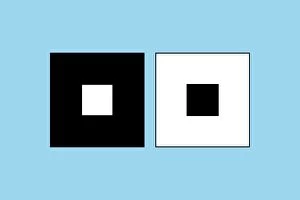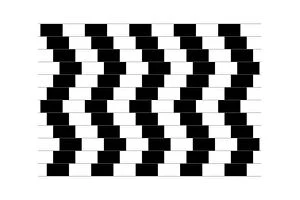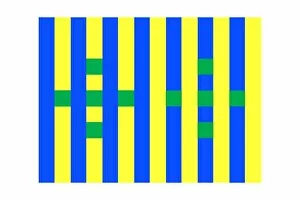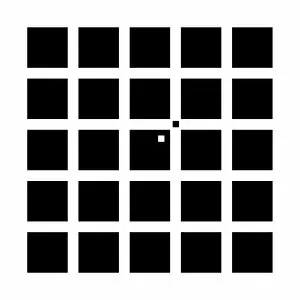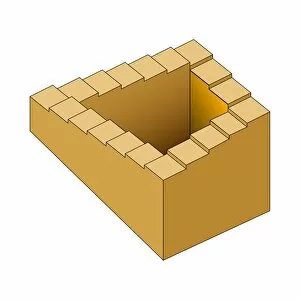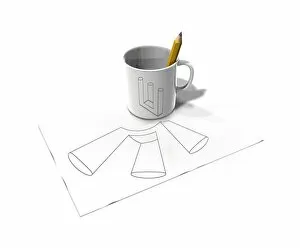Trickery Vision Collection
"Unveiling the Enigma: Dive into the World of Trickery Vision" Step into a realm where reality bends and perception deceives
For sale as Licensed Images
Choose your image, Select your licence and Download the media
"Unveiling the Enigma: Dive into the World of Trickery Vision" Step into a realm where reality bends and perception deceives. The Goblet illusion, with its mesmerizing play of contours, challenges our visual senses to discern between foreground and background. Meanwhile, the Penrose stairs lure us into an infinite loop of ascending and descending steps, defying logic at every turn. Art becomes an accomplice in this game of trickery as well. Behold the Impossible triangle artwork that tantalizes our minds by presenting a geometric enigma impossible to exist in three dimensions. And who can resist being captivated by the Ouchi illusion's mind-bending dance of colors? The Ponzos illusion takes us on a journey where size distorts perspective; parallel lines converge or diverge depending on their surroundings—an optical riddle that leaves us questioning what we see. Similarly, the Ehrenstein illusion teases our eyes with squares seamlessly transforming into circles—a paradoxical blend of shapes that challenges our understanding. Prepare yourself for another twist as you encounter impossible shapes—figures that defy Euclidean geometry yet manage to deceive even the most astute observer. And let's not forget about the Square illusion – subdivision edition – where patterns within patterns create an intricate web of confusion. As we navigate through this world brimming with illusions, we stumble upon one more puzzling phenomenon—the Muller-Lyer illusion—where arrows seemingly alter their lengths based solely on their fin-like extensions. Trickery vision unveils itself through these captivating hints—a labyrinthine exploration where nothing is quite as it seems. So open your eyes wide and embrace this enchanting journey through optical deception.

